Remarkable new scientific research at Stonehenge has revealed an extraordinary new mystery.
Mineralogical tests on the enormous, six-ton stone at the heart of the monument show that this central stone, known as the Altar Stone, was brought to Stonehenge from the far north of Scotland.
The Altar Stone is probably the most important stone at Stonehenge in ritual terms, as it is the rock that marks the intersection of the two main celestial alignments of the prehistoric temple: the alignment from sunrise at the winter solstice to sunset at the summer solstice, and the alignment from sunrise at the summer solstice to sunset at the winter solstice.
It is already known that some of the smaller stones from the monument were brought to the site from south-west Wales, some 120 miles away. But moving a stone from the northern mainland of Scotland or Orkney would have involved a journey of over 500 miles.
The discovery has enormous implications and is likely to change archaeologists’ perceptions of important aspects of life in prehistoric Britain. Until now, most scholars have assumed that British Neolithic society was exclusively local or regional (based on tribal, clan or similar identities), but the recently discovered Stonehenge-Scotland link, combined with the Welsh origins of some of the Stonehenge stones, suggests that there may have been a pan-British aspect to how Neolithic Britons lived.
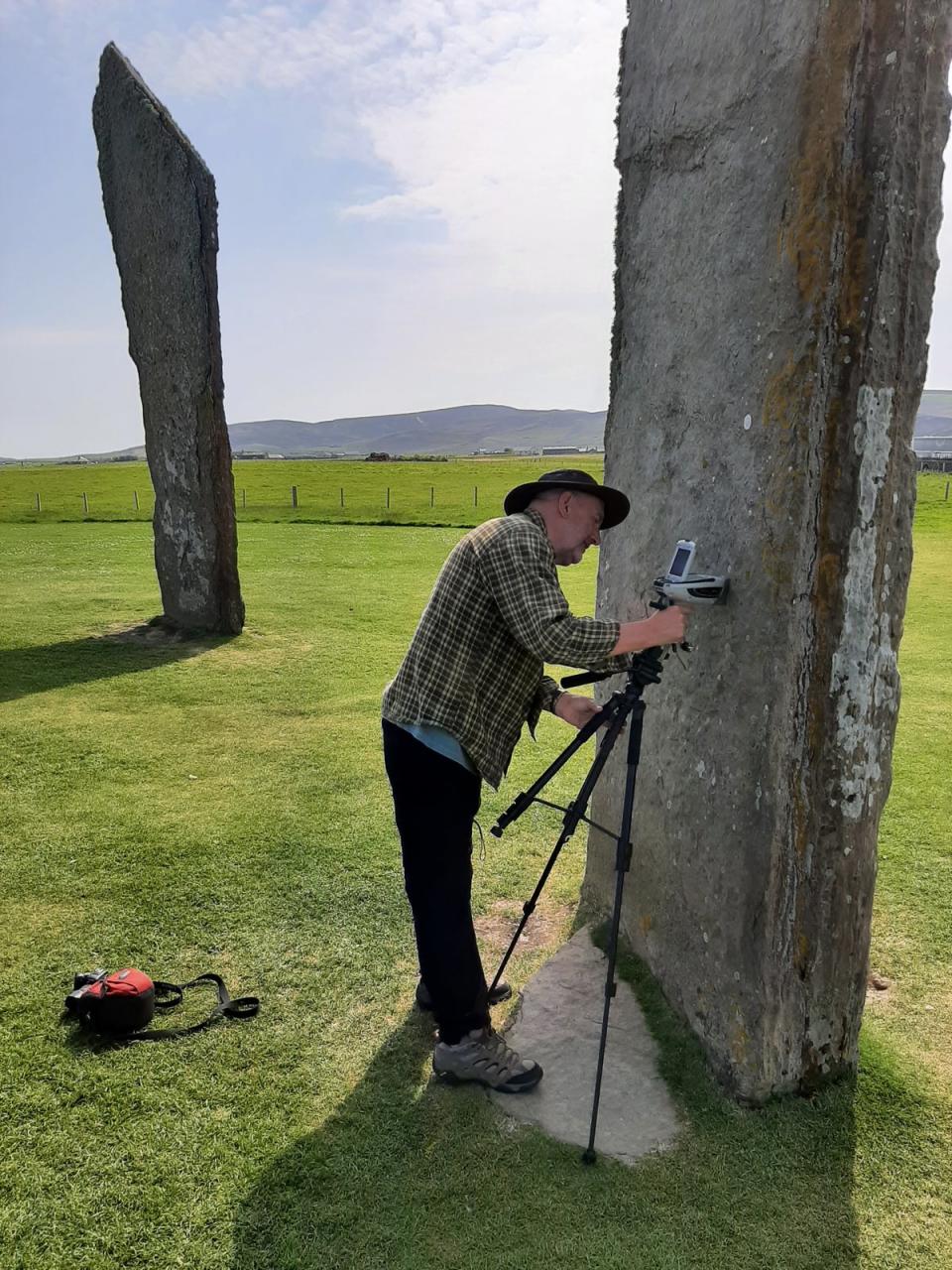
The newly revealed Scottish link suggests that there was some political and religious cooperation in Britain 4,500 years ago. That’s because the Neolithic people who transported the six-ton boulder from northern Scotland or Orkney to southern England would have known that Stonehenge existed, that it was being expanded, and exactly what shape and size of giant rock was needed. That suggests geopolitical cooperation, or even some religious commonality.
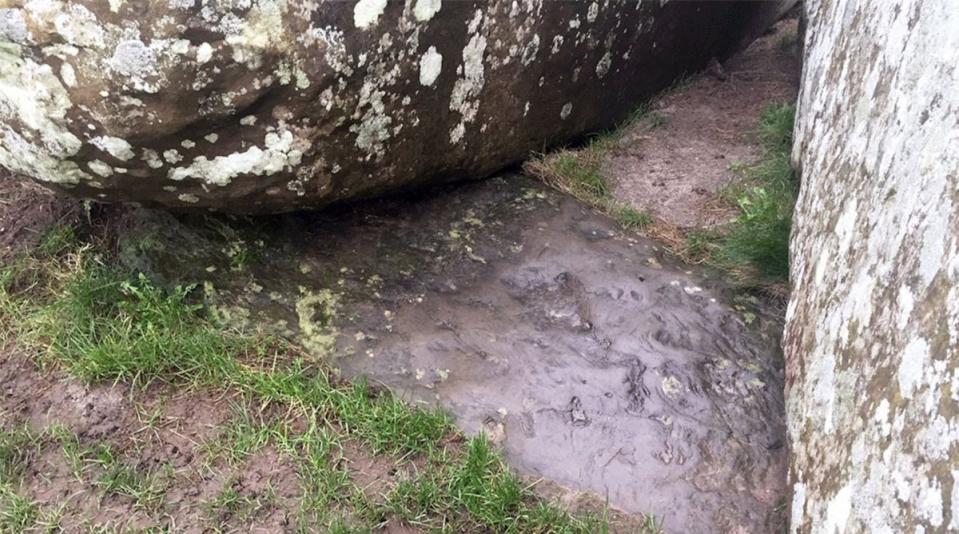

Another aspect of the new discovery is the southern British Neolithic choice of northern Scotland, possibly Orkney, as a symbolic partner in the construction of Stonehenge. It is conceivable that this was because Wiltshire and Orkney were probably the two most advanced Neolithic cultures in Britain. The fact that, despite being at opposite ends of Britain, they now seem to have been well aware of each other’s existence and appear to have developed geopolitical and religious ties has far-reaching implications that will profoundly change scholars’ views of the nature of prehistoric Britain.
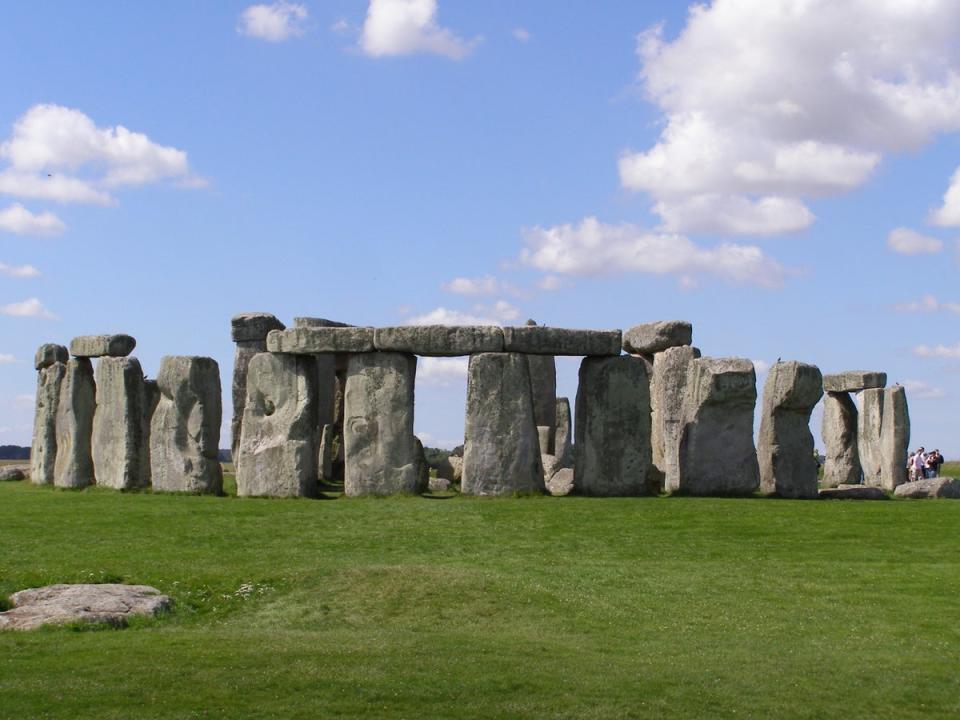

But the new Stonehenge Scottish link discovery is not only important from an ancient geopolitical perspective. It will also change the perception of British Neolithic maritime technology.
It would have taken several years to drag a 6 ton stone over mountains, hills, valleys and at least thirty rivers, a distance of over 500 miles (in practice probably at least 700 miles). It is therefore relatively unlikely that the stone was transported overland from northern Scotland to Wiltshire.
It is far more likely that it was brought by sea, a journey that would probably have taken only a few months. Until now, many prehistorians would have assumed that there were no seaworthy vessels in Neolithic Britain capable of safely carrying such a huge load.
Furthermore, it is almost certain that the stone was accompanied on its journey by a large team of sailors, priests and others, so it is likely that it sailed south as part of a large fleet.
The North Sea is often far from calm. The vessel therefore had to deal with relatively rough waters. In addition, the fleet’s helmsmen had to have prior knowledge of the coastline of at least eastern Britain.
It is therefore likely that the fleet sailed south, some 700 miles (1,100 km) along the east coast of Britain, and then turned west to the Thames Estuary, following the Thames and part of the Kennet as far as Newbury or possibly Hungerford. There the stone was unloaded and then towed (on a sledge or rollers) at least 30 miles (48 km) to its final destination at Stonehenge.
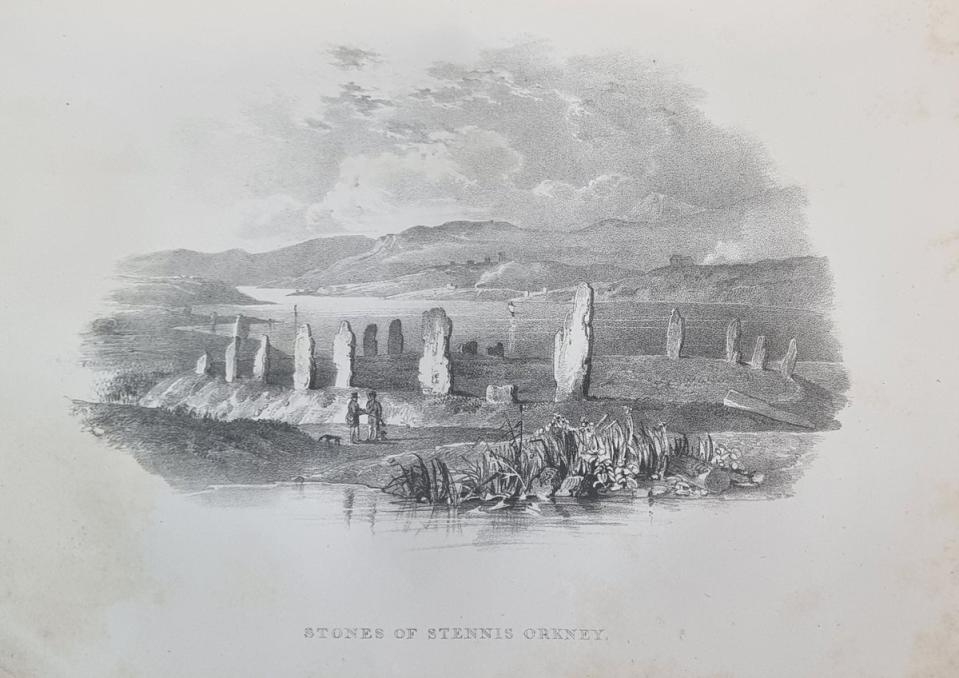

But why did the Neolithic builders of Stonehenge want a northern Scottish (or Orkney) rock as the symbolic centre of their spectacular southern British stone temple? At present, there is no way to know for sure. However, it is possible that the concept of stone circles first developed on Orkney – and that the builders of Stonehenge were somehow aware of this.
It is therefore conceivable that they wanted to ensure that the central feature of their new monument came from Orkney. It is even possible that the six-ton boulder was specifically chosen for its religious significance – and that it formed part of a large stone circle in Orkney.
Archaeologists will undoubtedly investigate this possibility, not least because the huge rock that was transported over 500 miles to Stonehenge is approximately the same size and shape as some of the stones used in the construction of stone circles on Orkney.
It is therefore conceivable that the builders of Stonehenge deliberately paid homage to what they saw as the ideological/theological precursor to their great temple.
It also suggests that the builders of Stonehenge saw their great monument as a composite temple, made up of components from a much wider geographical and ideological landscape. It encompassed symbolically and perhaps even spiritually different parts of Britain (including at least Wales and mainland Scotland or Orkney).
But were there other exotic components at Stonehenge that have yet to be discovered? Archaeologists are now seeking out such previously understudied features.
“The fact that the Stonehenge altar stone appears to have come from mainland Scotland or Orkney has substantial implications for our understanding of Stonehenge itself and of Neolithic society more generally,” said one of the lead scientists involved in the study, Dr Robert Ixer, a senior research fellow at the Institute of Archaeology in London.
“It completely rewrites the relationships between the Neolithic peoples of the British Isles,” he told The Guardian. “The science is beautiful and remarkable, and it will be debated for decades… It’s mind-boggling.”
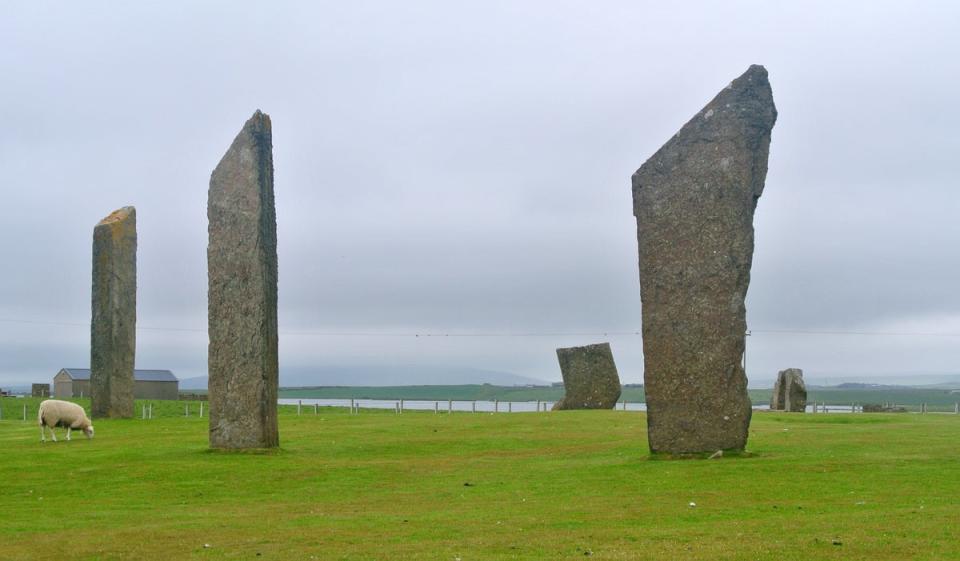

The research, carried out by scientists from the University of Aberystwyth, the Institute of Archaeology in London and the Australian universities of Curtin and Adelaide, is published today in the British scientific journal Nature.
But it was a British geologist at Curtin University in Australia who did the crucial research and established that the central stone of Stonehenge comes from Northern Scotland/Orkney.
They identified the mineralogical fingerprint of the stone (and more importantly the geological age of that fingerprint – ranging from about 3 billion to about 460 million years), which showed that the far north of Scotland (including Orkney) was by far the closest match.
“It was a two-year journey of discovery for me and my colleagues. We collected over 500 ages for the minerals in the altar stone and it was those ages that, when put together, gave us the crucial chronological fingerprint that revealed the northern Scottish origins of the rock,” said Anthony Clarke, the British geologist who carried out the crucial research at Curtin University in Australia.
Of all the historic sites in Britain, Stonehenge is the most mysterious structure that remains.